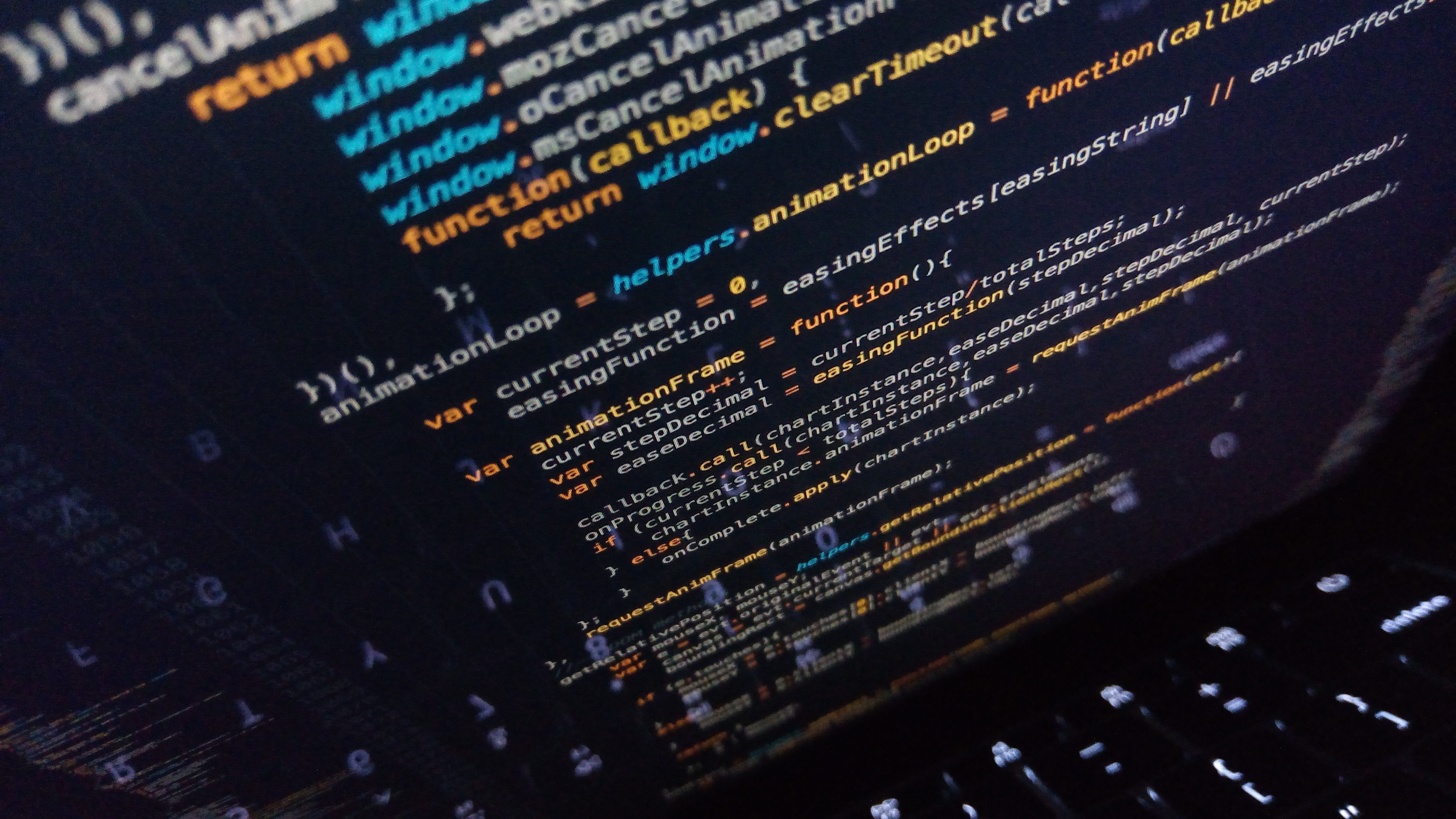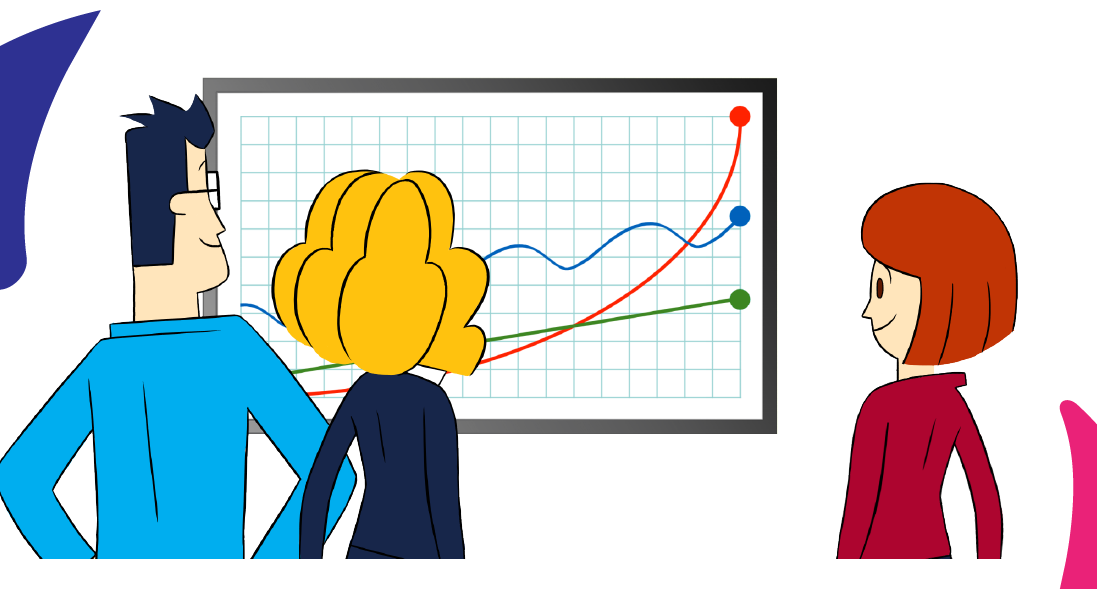The Sector is growing its capacities as a social innovation and resource development consultancy, specializing in aligning priorities of cross-sector teams, to unlock new capital and resources.
The Sector scales organizations that will change the world and with the Sinzer tool for impact management they add a technology-based robust solution to their tool box. The Sector uses several methods in their services such as collective impact-framed business planning, relationship brokering, deal structuring, social finance and impact investing, and they have added serious bench strength to issues of monitoring and evaluation.
Together with Sinzer, the Sector designs, facilitates, and manage toward continuous improvement, collaborations that allow local, municipal and regional governments to partner with civil society, corporations, impact investors, and high impact not-for-profit organizations, in Ontario and around the globe.
What is Social Return on Investment?
So, up until now we have learned that Social Return on Investment (SROI) is a framework for measuring and accounting for this much broader concept of value. SROI measures change in ways that are relevant to the people or organizations that experience or contribute to social value.
This shows how change is being created by measuring social, environmental and economic outcomes and uses monetary values to represent them. This enables a ratio of benefits to costs to be calculated. For example, a ratio of 3:1 indicates that an investment of € 1,- delivers € 3,- of social value.
SROI is all about value. And not so much about money. Money is simply a common unit and is as such a useful and widely accepted way of communicating value. But in the same way that a business plan contains much more information than (future) financial expenses of a business, an SROI analysis is much more than just a number. It is a story about change, on which you can base decisions that includes case studies and qualitative, quantitative and financial information.
There are two types of SROI:
1. Evaluative, which is conducted retrospectively and based on actual outcomes that have already taken place.
2. Forecast, which predicts how much social value will be created if the activities meet their intended outcomes.
Forecast SROIs are especially useful in the planning stages of an activity. They can help show how an investment can maximize impact and are also useful for identifying what should be measured once the project is up and running. A forecasted SROI can be followed with an evaluative SROI to verify the accuracy of the predictions.
A lack of good outcomes data is one of the main challenges when doing an SROI for the first time. You will need data on outcomes to enable an evaluative SROI to be carried out, and a forecast SROI will provide the basis for a framework to capture outcomes. It is often preferable to start using SROI by forecasting what the social value may be, rather than evaluating what it was, as this ensures that you have the right data collection systems in place to perform a full analysis in the future.
#sinzer #wbs #warwickbusinessschool #social #socialinnovation #MBA #impactmeasurement #innovation #unitednations




